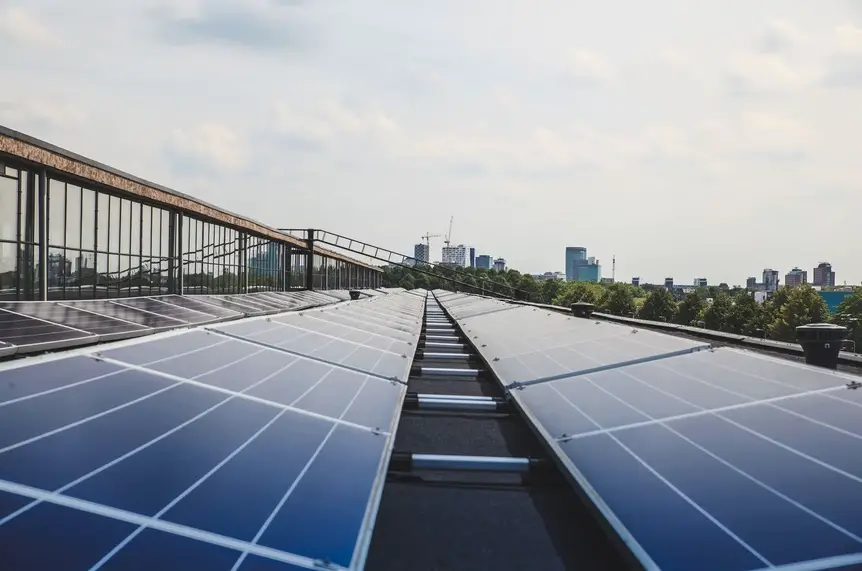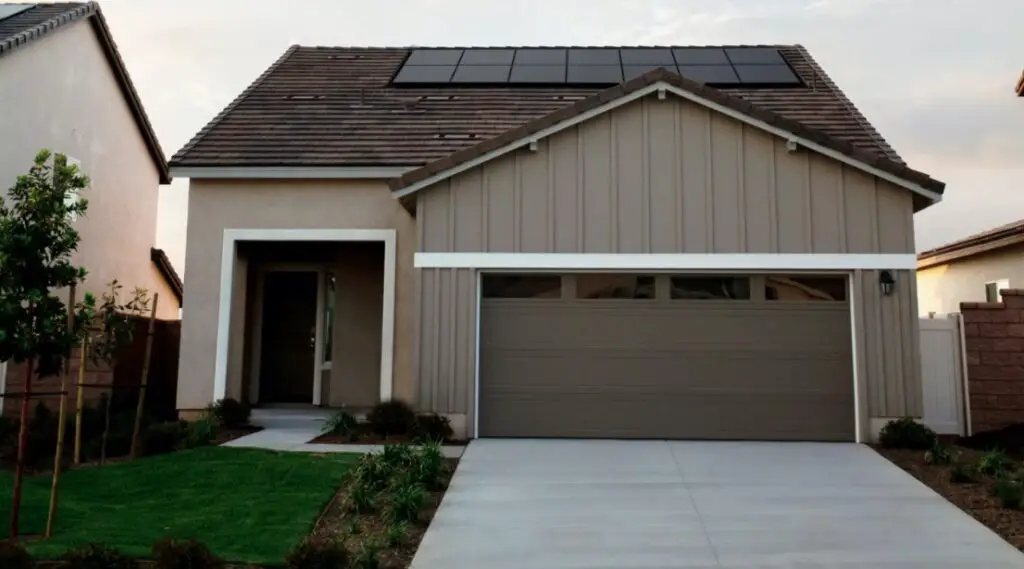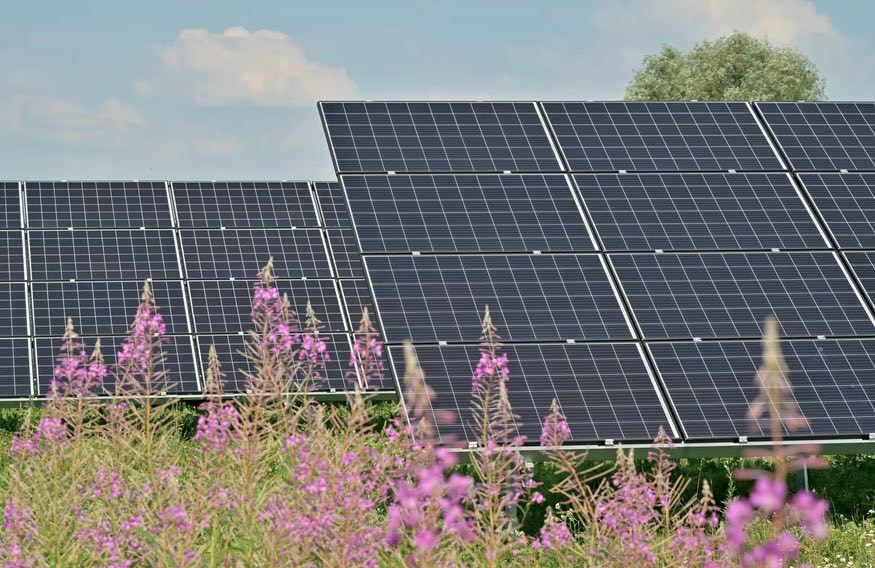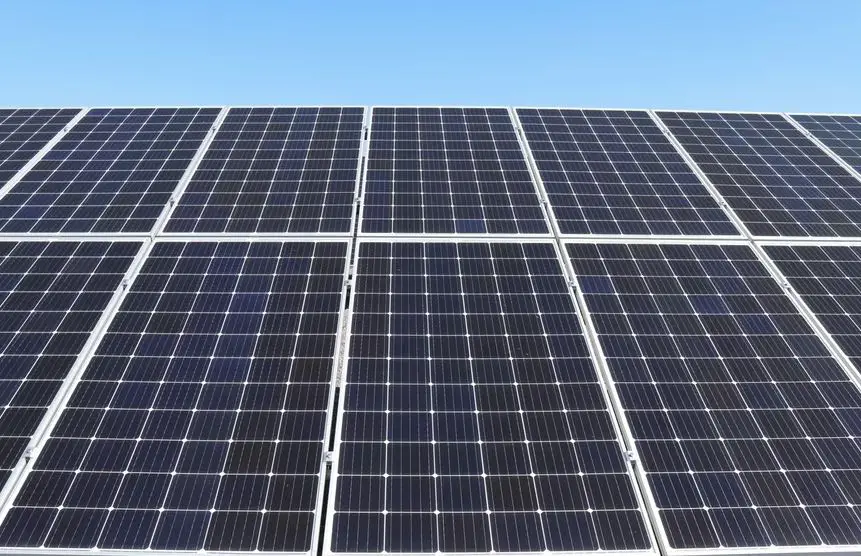Choosing the right solar charge controller is essential for maximising your system’s efficiency, durability, and potential for future expansion.
Balancing solar panel wattage, battery bank voltage, and controller amperage ensures smooth operation, whether it’s a small RV setup or a larger off-grid home array.
This guide covers everything from sizing your controller to choosing between PWM and MPPT types and planning for temperature fluctuations. With the right controller, you’ll optimise energy use and create a robust foundation for sustainable energy growth.
Let's get straight to the point
Choosing the right solar charge controller is key to optimal system efficiency, durability, and future expansion. To find the correct size, consider three main factors: solar panel wattage, battery bank voltage, and controller amperage.
PWM controllers are cost-effective for small systems (100-300W); MPPT controllers offer better efficiency for medium to large systems (400W+).
Choose a controller with a higher amp rating for future-proofing, and add a 25% safety buffer to handle temperature fluctuations. PWM suits smaller setups; MPPT is ideal for larger, expandable arrays.
Calculating The Right Charge Controller Size
Three key elements to consider are total panel wattage, system voltage, and controller current capacity. Let’s break down each component to understand how it determines the best size.
1. Determine Solar Panel Array Wattage
The solar panel array wattage is the total power generated by your panels, and it’s the starting point for sizing charge controllers.
- Total Panel Wattage = Number of panels × Panel wattage
- Example: For four 100-watt panels: 4 × 100W = 400W
2. Determine Battery Bank Voltage
Your battery bank voltage usually matches the system voltage, typically 12V, 24V, or 48V. This voltage rating will influence the controller’s required amperage.
3. Calculate the Required Controller Amperage
Calculate the controller's required amperage once you know the panel wattage and battery voltage. The formula below provides a general guide:
- Amps Needed = Total Panel Wattage ÷ Battery Voltage
- Example: For a 12V battery and 400W array: 400 ÷ 12 = 33.3 amps
Sizing Guide For Common System Configurations
Here are some general guidelines based on typical system setups. Each example includes suggested controller sizes for 12V, 24V, and 48V systems.
1. Small Systems (100-300W Solar Panels)
System Details: Suitable for RVs, boats, or small cabins.
- 100W Panel on 12V System
- Recommended Controller: 10A PWM
- 300W Panel on 12V System
- Recommended Controller: 30A PWM or 20A MPPT
2. Medium Systems (400-600W Solar Panels)
System Details: Home use or larger cabins needing moderate power.
- 400W Panel on 24V System
- Recommended Controller: 20A MPPT for efficient charging
- 600W Panel on 24V System
- Recommended Controller: 30A MPPT
3. Large Systems (700-1500W Solar Panels)
System Details: Off-grid homes, large installations with significant power needs.
- 1000W Panel on 48V System
- Recommended Controller: 30-40A MPPT
- 1500W Panel on 48V System
- Recommended Controller: 60A MPPT
Steps To Calculate The Correct MPPT Charge Controller Size

- Calculate Total Wattage and Voltage
- Example: 900W panel system on a 24V battery
- Determine Required Amperage
- 900 ÷ 24 = 37.5A
- Add a Safety Buffer of 25%
- Adjusted amperage = 37.5 × 1.25 ≈ 47A
- Choose a Controller Above Requirement
- In this case, a 50A MPPT controller is suitable for safety and performance.
Tips For Sizing And Selecting Solar Charge Controllers
1. Future Expansion: Plan Ahead For Growth
When selecting a charge controller, think beyond your current solar power needs:
- Select a Larger Controller: Choosing a controller with a higher amperage rating than your immediate requirements allows you to expand your solar array without needing an upgrade.
- Cost-Effective Long-Term Investment: Although a larger controller may cost more upfront, it saves money in the long run by avoiding needing a new controller if you expand your system.
- Enhanced System Flexibility: Controllers rated above your current needs allow you to add panels or increase power output when you’re ready.
2. Manufacturer Guidelines: Use Available Resources
Many manufacturers provide tools and resources to help you select the right charge controller:
- Online Sizing Tools: Some manufacturers offer online calculators or sizing tools to match your controller with the rest of your setup. These tools consider panel wattage, battery bank voltage, and climate.
- Consult Technical Support: If you have questions, contact the manufacturer’s technical support team; they often provide specific recommendations based on your setup.
- Understand Warranty and Guidelines: By following manufacturer recommendations, you can ensure your system meets warranty guidelines and avoids common installation mistakes.
3. Multiple Controllers For Large Arrays: Parallel Power Options
For large solar arrays, a single charge controller may only be able to handle some of the output. In these cases, multiple controllers can be used:
- Connect in Parallel to a Single Battery Bank: Using multiple controllers connecting to the same battery bank enables you to manage high power output without overloading any controller.
- Use Consistent Controller Types: Ensure that all controllers in the system are either MPPT (Maximum Power Point Tracking) or PWM (Pulse Width Modulation); mixing types can create inefficiencies.
- Optimise Array Orientation: With multiple controllers, you can set up arrays with different orientations to maximise energy generation throughout the day.
4. Voltage Compatibility: Ensure System Voltage Alignment
Selecting a charge controller that matches your battery bank voltage is crucial for system performance:
- Select the Right Voltage Rating: Choose a controller compatible with your system’s voltage—12V, 24V, or 48V. Mismatched voltages between the controller and battery bank can lead to system inefficiencies or damage.
- Plan for Future Voltage Upgrades: If you intend to upgrade your battery bank to a higher voltage, consider a controller that supports multiple voltage settings.
- Read Controller Specifications: Always check the controller specifications to verify compatibility with your battery bank voltage and other components.
Adding Extra Capacity for Cold Conditions

Cold temperatures can lead to current spikes in solar panels, which require additional controller capacity for safety.
Add 25% to Total Amperage.
- This buffer helps prevent overheating and maintains stable output during temperature fluctuations.
- Example: For 33.3 amps, the adjusted requirement is approximately 41.6 amps (33.3 × 1.25).
Round Up for Nearest Standard Size
- Select a charge controller with a slightly higher amp rating than calculated. In the above case, a 45A charge controller would be ideal.
Choosing Between PWM and MPPT Controllers
Another essential step is selecting the PWM (Pulse Width Modulation) and MPPT (Maximum Power Point Tracking) controller. Here’s a quick breakdown of each type:
PWM Controllers
- Cost-effective but less efficient for larger setups
- Require panel voltage to match battery voltage
- Best suited for small, low-power systems
MPPT Controllers
- Higher Efficiency by matching solar panel output to battery voltage
- Ideal for high-power systems with larger arrays
- Can handle higher voltage arrays, reducing wiring losses
When To Use Each Type
- PWM for Basic Systems
- Use for setups under 400 watts
- Compatible with 12V systems, especially in RVs or small off-grid cabins
- MPPT for Larger or Expanding Systems
- Ideal for 24V or 48V setups with panels exceeding 500 watts
- MPPT is necessary when using high-voltage arrays and longer wiring distances
Conclusion
Choosing the right solar charge controller is crucial for maximising your system’s efficiency, scalability, and durability.
You can select a controller that meets current and future energy needs by considering panel wattage, battery voltage, and controller amperage requirements. MPPT controllers are ideal for larger systems, while PWM controllers suit smaller setups.
Investing in a slightly larger controller upfront allows for cost-effective expansion. Use manufacturer resources and technical support to ensure compatibility, performance, and warranty coverage.
You’re building a solid foundation for sustainable energy management with the right controller.
FAQs About Solar Controller
Add up the total watts of solar panels and divide by either 14.4 for 12-volt systems 28.8 for 24 volts or 58.8 for 48-volt battery banks. This will give you maximum output amps from the controller. If you don't want to waste output in heat, size the controller at around two-thirds the rated output of the controller.
In most cases, it is fine to significantly oversize the PV array to the current output limit of the regulator.
You need around 310 watts of solar panels to charge a 12V 100Ah lithium battery from 100% depth of discharge in 5 peak sun hours with an MPPT charge controller. You need around 380 watts of solar panels to charge a 12V 100Ah lithium battery from 100% depth of discharge in 5 peak sun hours with a PWM charge controller.
As the voltage from the solar panels is reduced to the required battery charge voltage, the charge current will increase. The solar charge controller is the sacrificial component in the solar system. If the Amperage rating of the selected charge controller is too low, the controller will fail.
By the rule of thumb, a 100 watt solar panel inputs 30 amp-hours per day into your batteries. So you would need 1.33 100 watt panels, or one 133 watt panel to match your solar power needs.


